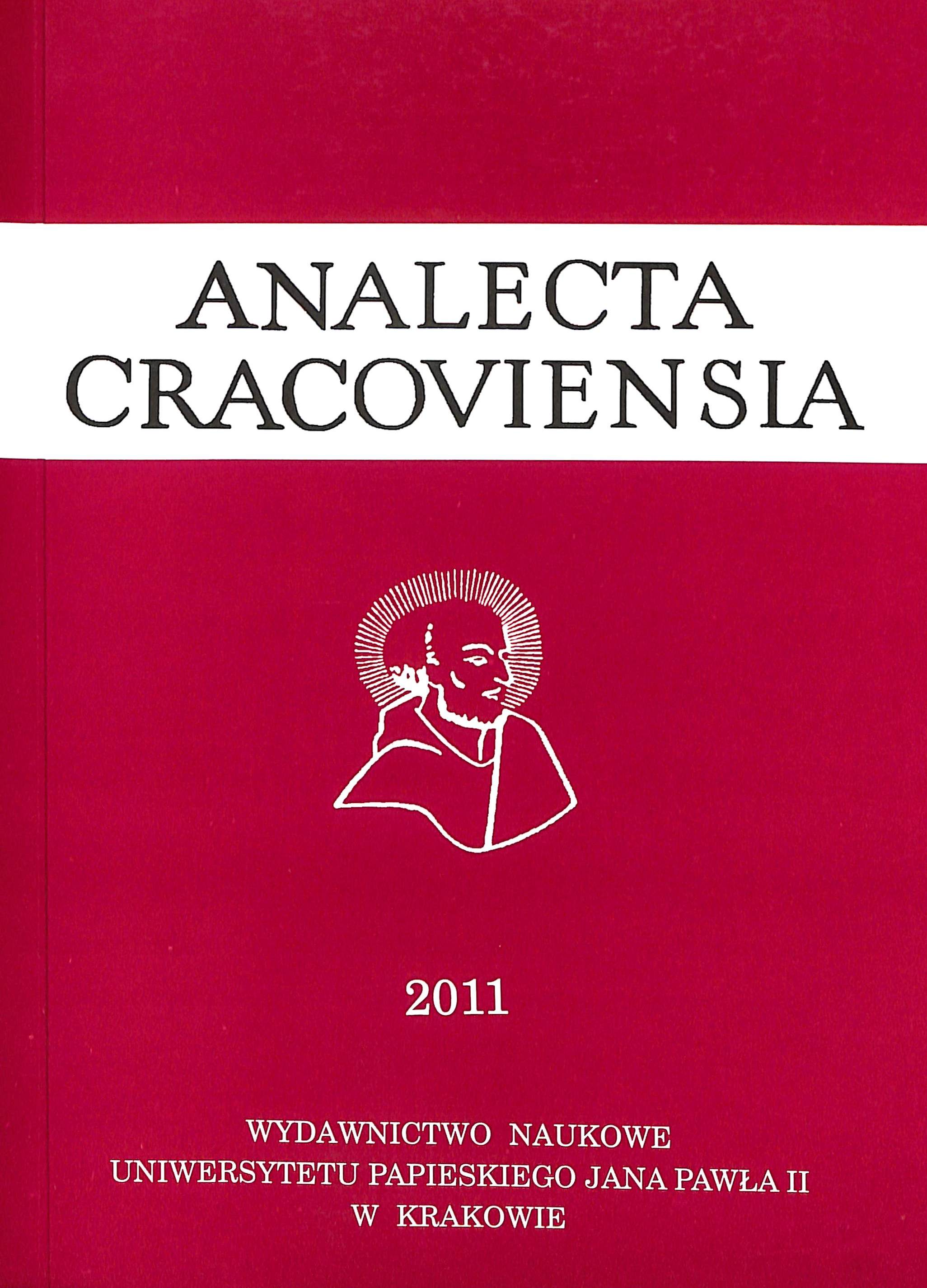„Prawo żywe i przemożne”: wolność religijna w nauczaniu Jana Pawła II
DOI:
https://doi.org/10.15633/acr.4306Słowa kluczowe:
wolność religijna, Jan Paweł II, dokumenty Kościoła, nauczanie papieskie, tolerancja, prawa człowiekaAbstrakt
The article on “Vivid and Pressing Right: Freedom of religion in John Paul’s Teaching” is a synthesis of main topics related to the papal doctrine. It was affirmed that the Pontiff developed the teaching of Vatican II on the subject and his teachings had ecumenical and deep humanistic significance. Human dignity is a basis for religious liberty. Freedom to search for the truth, moral conscience and responsibility for being witnesses to the faith are manifestations of the transcendental dimensions of human beings. It is the principle reason why the right of religious liberty should be protected. John Paul II underlined the fundamental role of religious liberty with regard to the other human rights and to the State’s constitution and law, to the culture and social customs too. The reason for this relationship is the integral vision of man and of human morality and the role of the social values which in itself forms part of the right for religious freedom. Religious liberty guarantees the fruitful mission of the Church in the society and her contribution for the common good. This right is an important factor for peaceful coexistence of different religions in a multicultural world.
Pobrania
Opublikowane
Numer
Dział
Licencja
Prawa autorskie (c) 2011 Andrzej Dobrzyński

Utwór dostępny jest na licencji Creative Commons Uznanie autorstwa 4.0 Międzynarodowe.
Obecnie autorzy publikujący w czasopiśmie udzielają jego wydawcy zgody o następującej treści:
- Autor zachowuje autorskie prawa majątkowe do utworu, a jednocześnie udziela wydawcy czasopisma zgody na jego pierwszą publikację w wersji drukowanej i wersji online na licencji Creative Commons Uznanie autorstwa 4.0 Międzynarodowe oraz zgody na wykonywanie opracowań, w tym przekładów.
- Autor ma możliwość udzielania zgody niewyłącznej na opublikowanie utworu w wersji, która ukazała się w czasopiśmie (np. zamieszczenia go w repozytorium instytucjonalnym lub opublikowania w książce), wraz z informacją o jego pierwszej publikacji w czasopiśmie.
- Autor może umieścić swój utwór online (np. w repozytorium instytucjonalnym lub na swojej stronie internetowej) jeszcze przed zgłoszeniem utworu do czasopisma.

